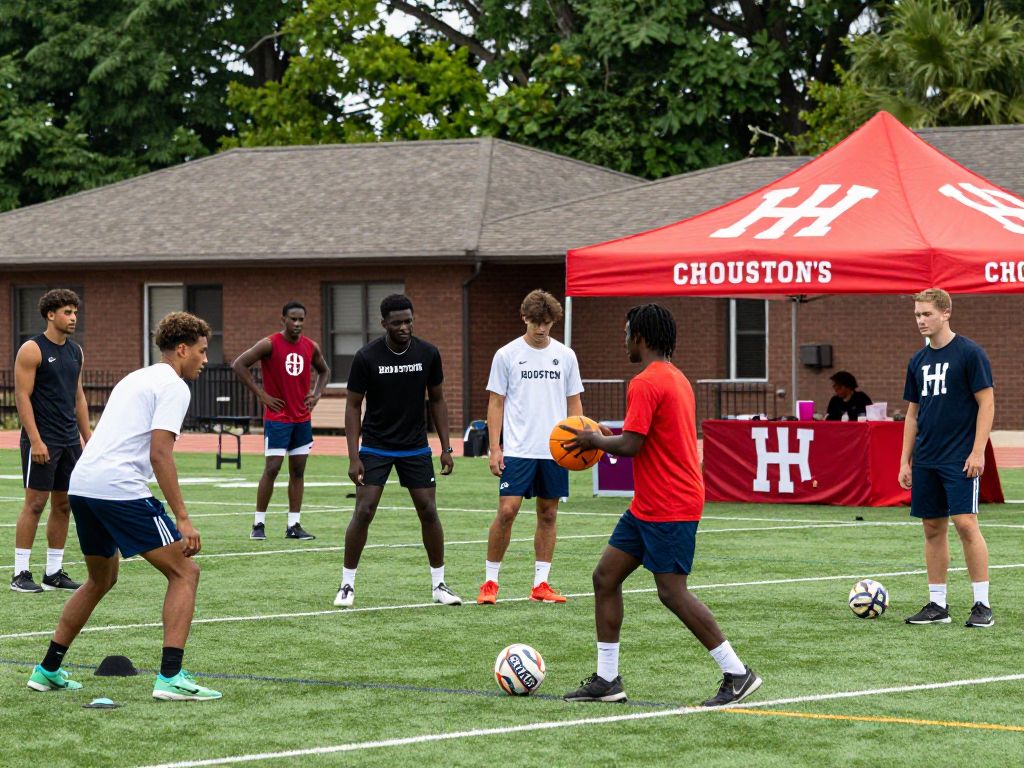Transforming Your School’s Outdoor Space: DIY Projects for Houston Educators
Assessing and Strategizing for Outdoor Space Enhancement
Conduct a Precise Site Survey
A comprehensive evaluation of the current outdoor environment is essential. Map all existing features such as playgrounds, gardens, benches, pathways, and shade structures.
Assess their structural integrity, safety, and suitability for intended uses. Identify underutilized or outdated elements that could be upgraded or replaced.
Observe patterns of use during different times and days. Recognize high traffic zones for active play and quiet zones for reflection or instruction.
Engage Community Stakeholders
Gather insights from students, teachers, staff, parents, and local community members. Use surveys, focus groups, or informal conversations to gauge their needs and aspirations.
Form a dedicated planning committee to oversee design, prioritize projects, and coordinate efforts. Inclusion fosters ownership and ensures the space reflects collective vision.
Defining Clear Objectives for Outdoor Transformation
Educational Benefits
Design areas that facilitate outside instruction and experiential learning. Outdoor classrooms promote engagement and can support STEM activities, art projects, and reading sessions.
Incorporate natural elements such as gardens or habitats that support environmental science curricula and encourage hands-on exploration.
Recreational and Well-being Goals
Create zones dedicated to physical activity, including sports fields or designated play areas supporting various age groups.
Include tranquil spaces with adequate shade, seating, and greenery to foster mental health and relaxation. These areas serve as retreats from structured learning.
Aesthetic and Community Pride
Develop visual themes that reflect local culture, history, or natural landscape, boosting community identity and pride.
Use vibrant colors, natural textures, and artistic elements that make outdoor spaces inviting and inspiring for all users.
Structured Planning and Design Approaches
Core Design Principles
Prioritize flexibility—design multi-use spaces capable of hosting diverse activities.
Ensure universal access by incorporating wide, even pathways, ramps, and accessible features for students with disabilities.
Adopt sustainable practices—choose eco-friendly materials, native plants, and low-impact infrastructure to minimize environmental footprint.
Financial Planning and Funding Strategies
Estimate costs accurately for materials, tools, and outsourced services if necessary. Budget for contingencies to handle unforeseen expenses.
Identify potential funding avenues, including grants, local donations, community fundraising, and partnerships with organizations focused on education and environment.
Developing a Practical Timeline
Segment the project into phases: planning, procurement, construction, planting, and finishing touches.
Assign realistic deadlines, ensuring steady progress while accommodating seasonal constraints and school schedules.
Innovative DIY Project Ideas for Outdoor Spaces
Educational Gardens
Establish vegetable, herb, or native plant gardens. These plots serve as tangible tools for teaching botany, nutrition, and ecology.
Implement pollinator habitats with flowering plants to teach about biodiversity and ecosystem services.
Designing Outdoor Learning Environments
Construct shade structures such as pergolas or shade sails from durable, weather-resistant materials.
Create comfortable seating using benches, picnic tables, or natural elements like logs, stones, and stumps to encourage group discussions and individual reflection.
Install durable, weatherproof whiteboards or chalkboards for interactive lessons and visual displays outside.
Play and Recreation Enhancements
Incorporate natural features such as logs, boulders, or sandboxes to foster imaginative play and physical development.
Design sports zones suitable for basketball, soccer, or other team games, ensuring safety with proper flooring and boundary markers.
Invite students to participate in mural painting or sculpture creation, transforming functional art into a representation of school culture.
Environmental Sustainability Fixtures
Set up rainwater harvesting systems with barrels or cisterns to use for irrigating gardens, thereby conserving water.
Develop compost stations that teach waste management and soil enrichment, integrating them into science lessons.
Integrate solar-powered lighting or small appliances, illustrating renewable energy concepts while enhancing safety after dark.
Effective Implementation and Integration
Procurement and Volunteer Management
Source materials from local suppliers, salvage yards, or community donations when possible.
Recruit volunteers—students, staff, and community members—to assist with construction, planting, and ongoing maintenance. Clear roles and responsibilities increase efficiency.
Construction, Planting, and Safety
Adhere to construction safety protocols—use protective gear, supervise heavy equipment use, and ensure structural stability.
Regular inspections maintain safety and address issues promptly. Use durable, weather-resistant materials for longevity.
Develop maintenance routines for watering, pruning, repairing structures, and cleaning to sustain quality over time.
Aligning Spaces with Curriculum and Student Engagement
Design lesson plans that integrate outdoor areas across disciplines—science experiments in gardens, art projects under shaded pavilions, or math measurements for landscape planning.
Empower students with responsibilities in planting, maintenance, and space management. This fosters ownership, responsibility, and skills development.
Sustainable Maintenance and Community Involvement
Ongoing Upkeep Strategies
Implement scheduled cleaning and minor repairs to prevent deterioration.
Establish watering routines and seasonal plant care to ensure plants thrive and remain attractive.
Monitor usage patterns and adjust the layout or facilities as needs evolve.
Community Engagement and Educational Focus
Offer volunteer programs encouraging local families and organizations to participate in maintenance and special projects.
Host workshops on gardening, composting, and sustainability topics to deepen community involvement and resourcefulness.
Monitoring Effectiveness and Gathering Feedback
Use periodic observations and surveys to evaluate how students utilize and benefit from outdoor spaces.
Solicit suggestions for improvements, adjusting features or introducing new projects based on feedback.
Final Remarks
Developing a vibrant outdoor environment through DIY initiatives enhances learning, nurtures creativity, and fosters environmental stewardship. Systematic planning, active stakeholder engagement, and diligent maintenance underpin successful transformations. Maintaining a focus on safety, inclusivity, and sustainability ensures these outdoor spaces serve the school community for years to come.
Author: STAFF HERE HOUSTON TX WRITER
The HOUSTON STAFF WRITER represents the experienced team at HEREHouston.com, your go-to source for actionable local news and information in Houston, Harris County, and beyond. Specializing in "news you can use," we cover essential topics like product reviews for personal and business needs, local business directories, politics, real estate trends, neighborhood insights, and state news affecting the area—with deep expertise drawn from years of dedicated reporting and strong community input, including local press releases and business updates. We deliver top reporting on high-value events such as Houston Livestock Show and Rodeo, Art Car Parade, and Chevron Houston Marathon. Our coverage extends to key organizations like the Greater Houston Partnership and Houston Area Urban League, plus leading businesses in energy and healthcare that power the local economy such as ExxonMobil, Schlumberger, and Houston Methodist. As part of the broader HERE network, including HEREAustinTX.com, HERECollegeStation.com, HEREDallas.com, and HERESanAntonio.com, we provide comprehensive, credible insights into Texas's dynamic landscape.





